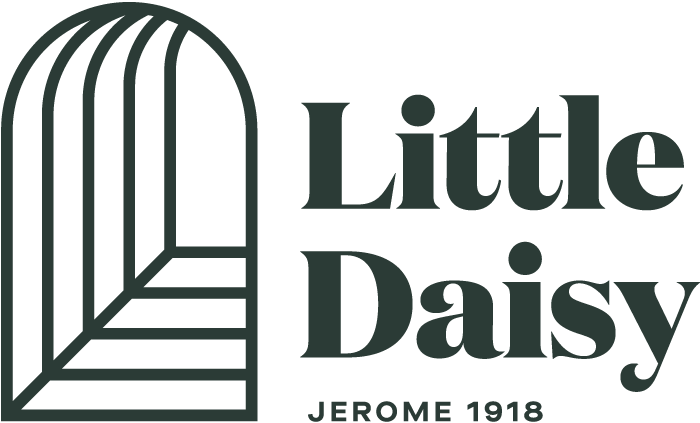History
1876
The Start of Copper Mining in Jerome
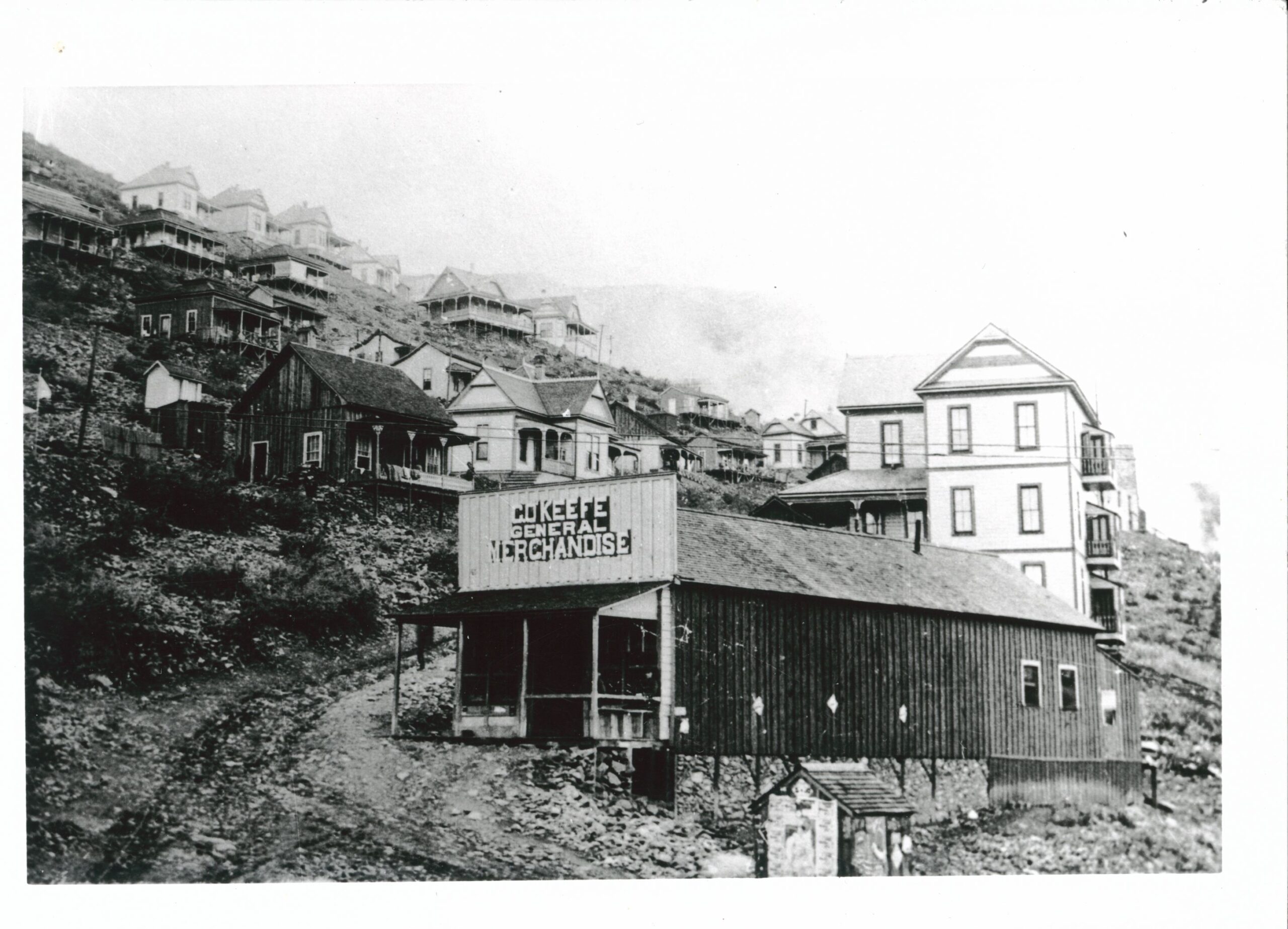
The town of Jerome was born as a mining camp when it was discovered that its steep slopes were rich in copper ore. In its first four months of full-time operation, The United Verde Copper Company processed around 5,000 tons of ore, yielding 200 tons of copper bullion, along with lesser amounts of gold and silver. Jerome quickly evolved from a tent city into a bustling mining town with electric lighting by 1890.
By 1899 it had become the fifth-largest city in the territory. A railroad was built, connecting the Verde Valley to Drake, Arizona. When World War I began, the price of copper skyrocketed, creating a boom in Jerome that drove the population to 15,000. Hotels, restaurants, movie theaters, and schools sprang up as people flocked to Jerome in search of economic opportunity.
1899
Jerome named “Wickedest Town in America” by The San Francisco Examiner
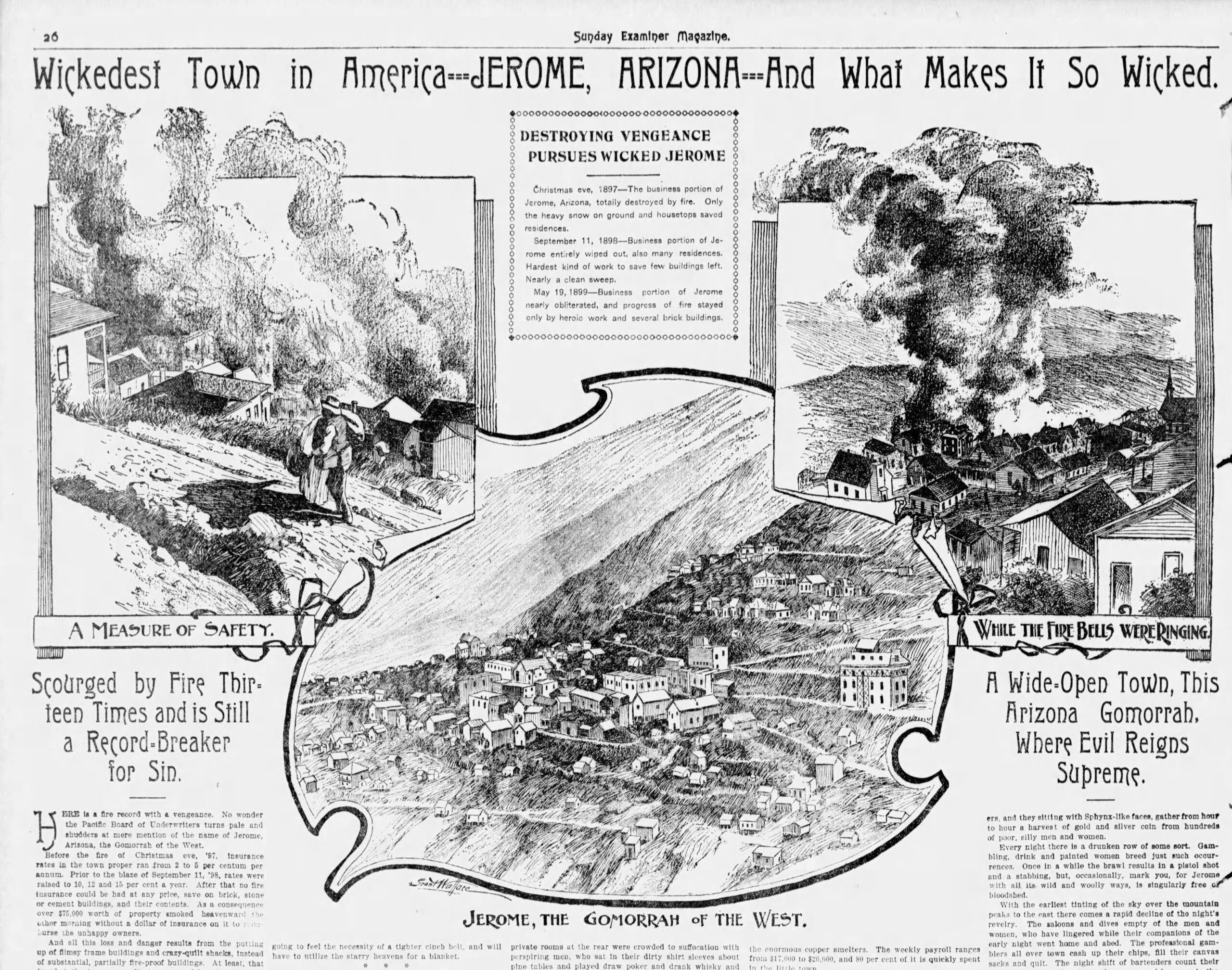
Drinking, gambling, prostitution, and disastrous fires are all cited by the San Francisco Examiner in a town where “evil reigns supreme.”

“By the time the lamps are lighted and the moon is rising over the San Francisco peak the new chapter in life in Jerome is well opened. The night shift of bartenders and gamblers in the saloons has come on duty, the painted women, decked in their most fetching finery, are out on the streets, the paid musicians have waked up and the storekeepers are ready for business. The saloons are crowded with men and women by 8 o’clock.”
1916
Construction and Grand Opening of The Little Daisy Hotel
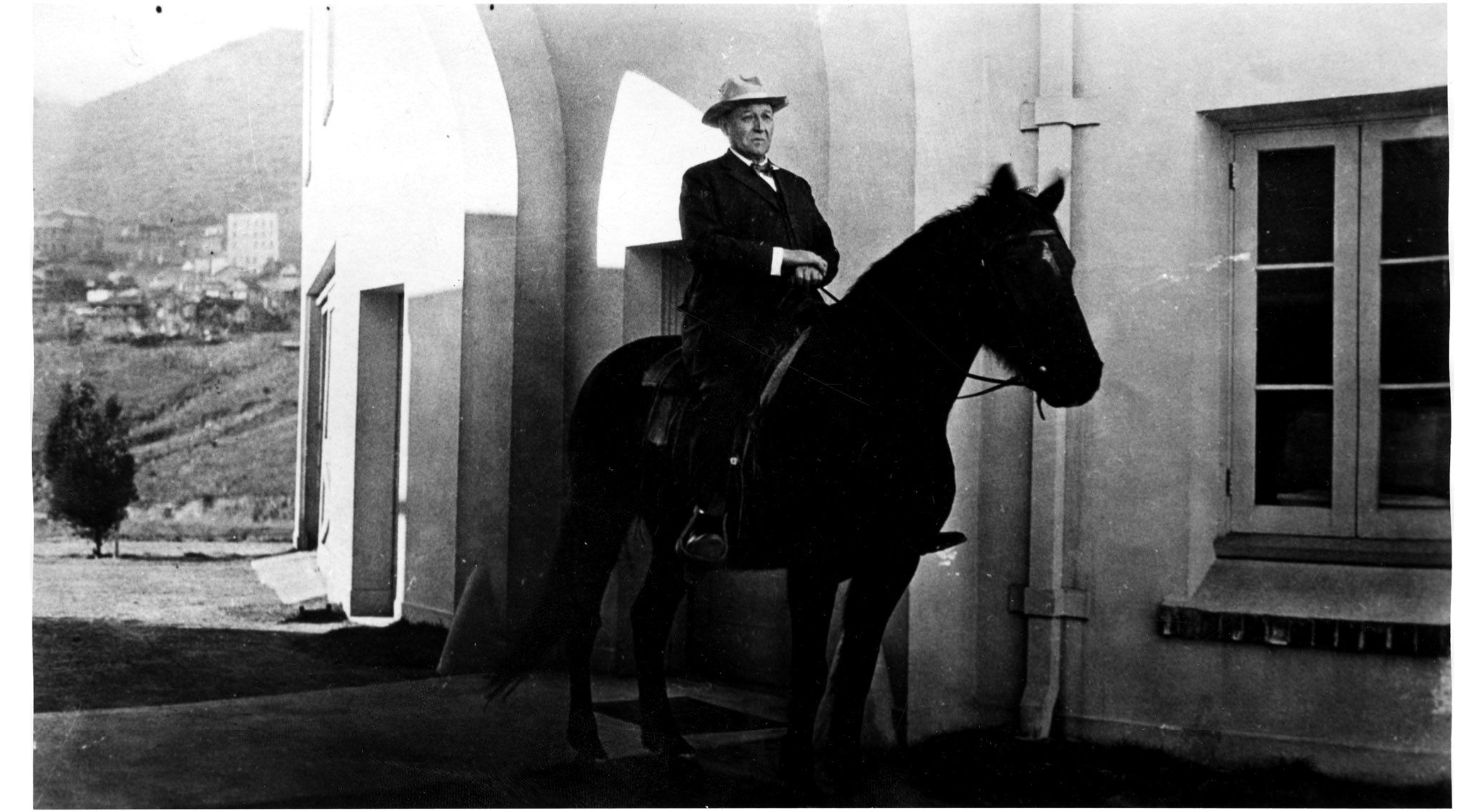
It was during a cross-country trip between Canada and Mexico when Jimmy “Rawhide” Douglas traveled through Jerome. As the son of a Canadian mining engineer and executive, the industry was a familiar entity. Knowledgeable, eagle-eyed, and familiar with prospecting, Jimmy staked an early claim in what would later become one of America’s most lucrative copper deposits.
Jimmy acquired the rights before he left for France during the first World War, where he was in charge of distributing American Red Cross stores. Experts had undervalued the mine and there was no expectation that it would yield much, but “Rawhide Jimmy” – who was slowly going broke – directed his men to dig deeper than the previous owners, and what would emerge is one of the richest loads the mining community had ever seen. At its apex the mine paid out $150,000,000 in gold, silver, and copper ore. As the owner of the largest operation, now named United Verde Extension, Jimmy was enjoying success to the tune of $10 million dollars of revenue in 1916 alone.
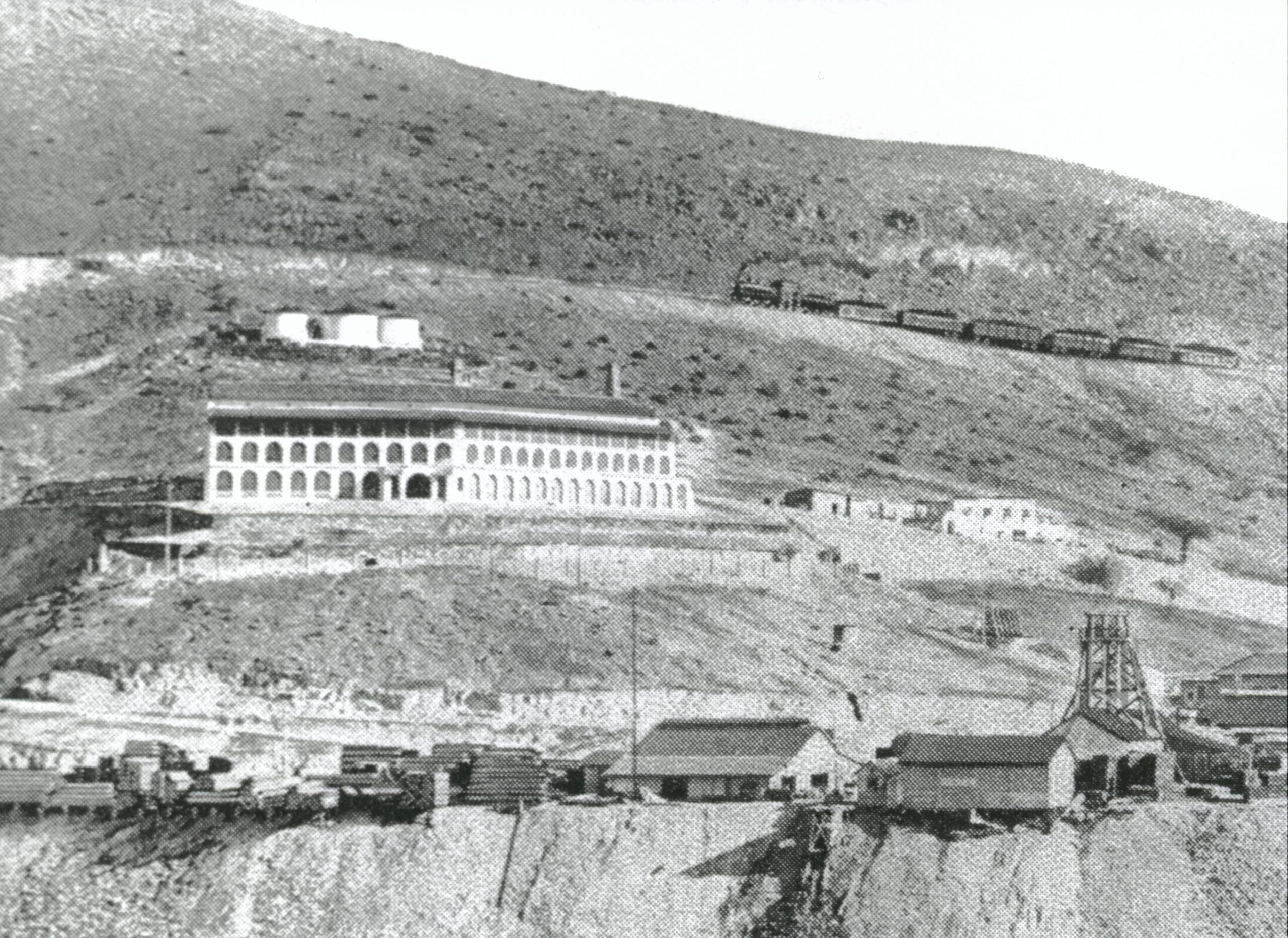
It was this same year that he commissioned a Phoenix-based architecture firm Lescher and Kibbey (later Lescher and Mahoney) to design The Little Daisy hotel to serve as lodging for his employees. Construction was completed in 1918 and over 600 people gathered on New Year’s Day to celebrate it’s grand opening. They admired it’s ultra-modern fixtures and dazzlings lights over music, cigars, and a lavish feast.
By the next day, 70 miners occupied its 40 rooms adorned with black electric lighting fixtures, steel lockers, nickel-plated beds, and wicker rocking chairs. The miners worked in shifts and “hotbunked” in rooms, awaiting the 11:45 a.m. town siren to signal the shift change. Well-rested miners descended to their shift down the mine shaft, and weary miners ascended to The Little Daisy for a meal, a shower, and to claim the recently abandoned beds.
1953
The End of Copper Mining in Jerome
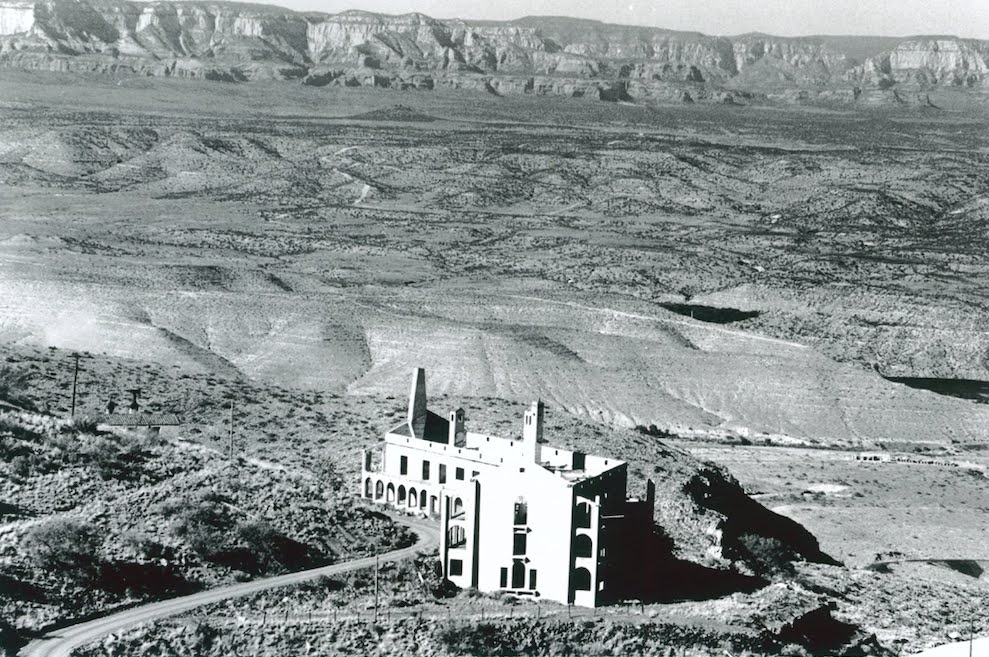
Mining operations began to slow in the 1940s, until the mining boom of Jerome ultimately came to an end in 1953. Thousands of residents departed, leaving just 132 adults, 90 children, and less than a dozen businesses. With the end of the mining era came the closure of The Little Daisy Hotel. The roof of The Little Daisy was removed, and anything of value – from furniture to building materials – was either sold for salvage or taken from the property.
1954
Jerome Historical Society Halts Demolition of Town Buildings
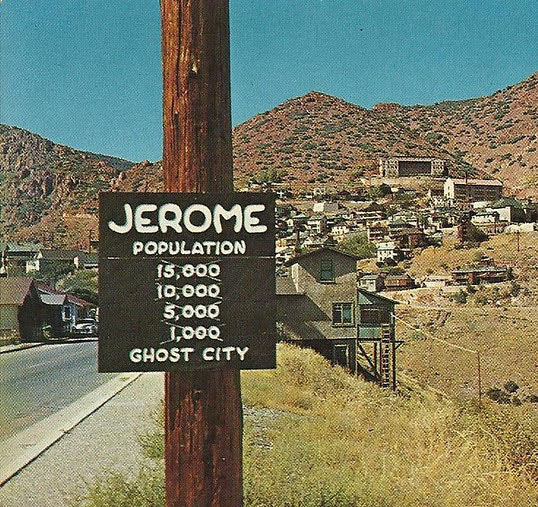
As an eerie quiet settled in, rumors spread that the entire town would be demolished. In 1953 the town came together with a mission to rescue what was left of Jerome. A Historical Society was formed with the motto “Our past is our future.” They opened the Mine Museum and branded Jerome as a “Ghost City” to draw in visitors.
With the help of donations and negotiations, Jerome’s Historical Society began to buy properties with the goal of preserving their history. Acquisitions included the building that held the Mine Museum, Spook Hall, and 90 parcels of land purchased from Verde Exploration for a total of ten dollars. The society now owned the majority of the properties on Main Street, making it one of the wealthiest historical societies in Arizona.
1968
The Little Daisy Hotel Site and Neighboring Properties Sold to William Earl Bell
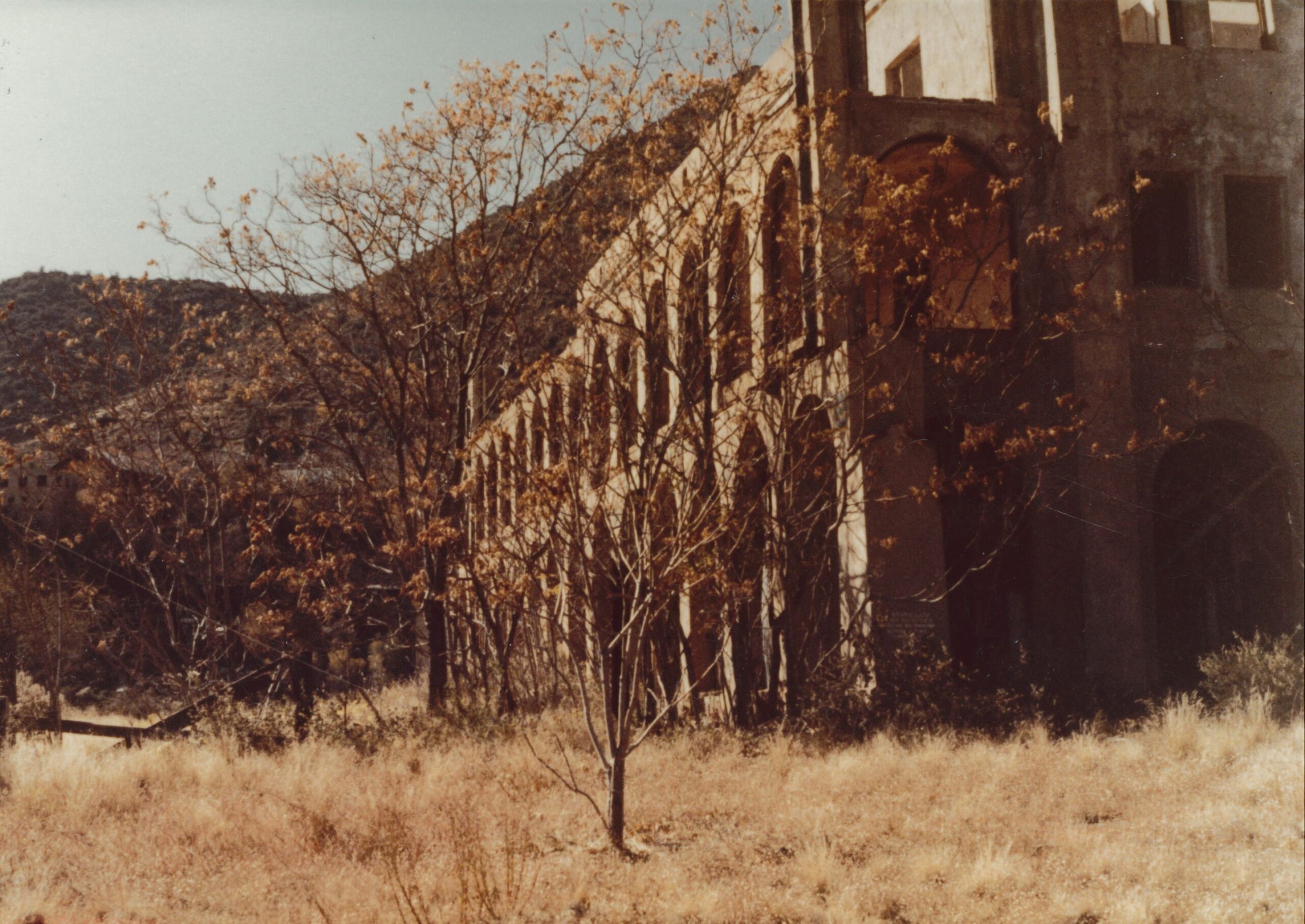
In 1968, The Little Daisy, along with the two neighboring properties, were sold to William Earl Bell, a scientist whose research assisted in the invention of the atomic clock. Bell resided in one of the smaller properties, leaving The Little Daisy virtually untouched and abandoned. During this chapter, the concrete shell that used to be the Little Daisy was frequently trespassed on by the curious, ghost hunters, local teenagers, and other explorers eager for a glimpse and adventure inside her “ruins.”
1968
The Jerome Hippy Era
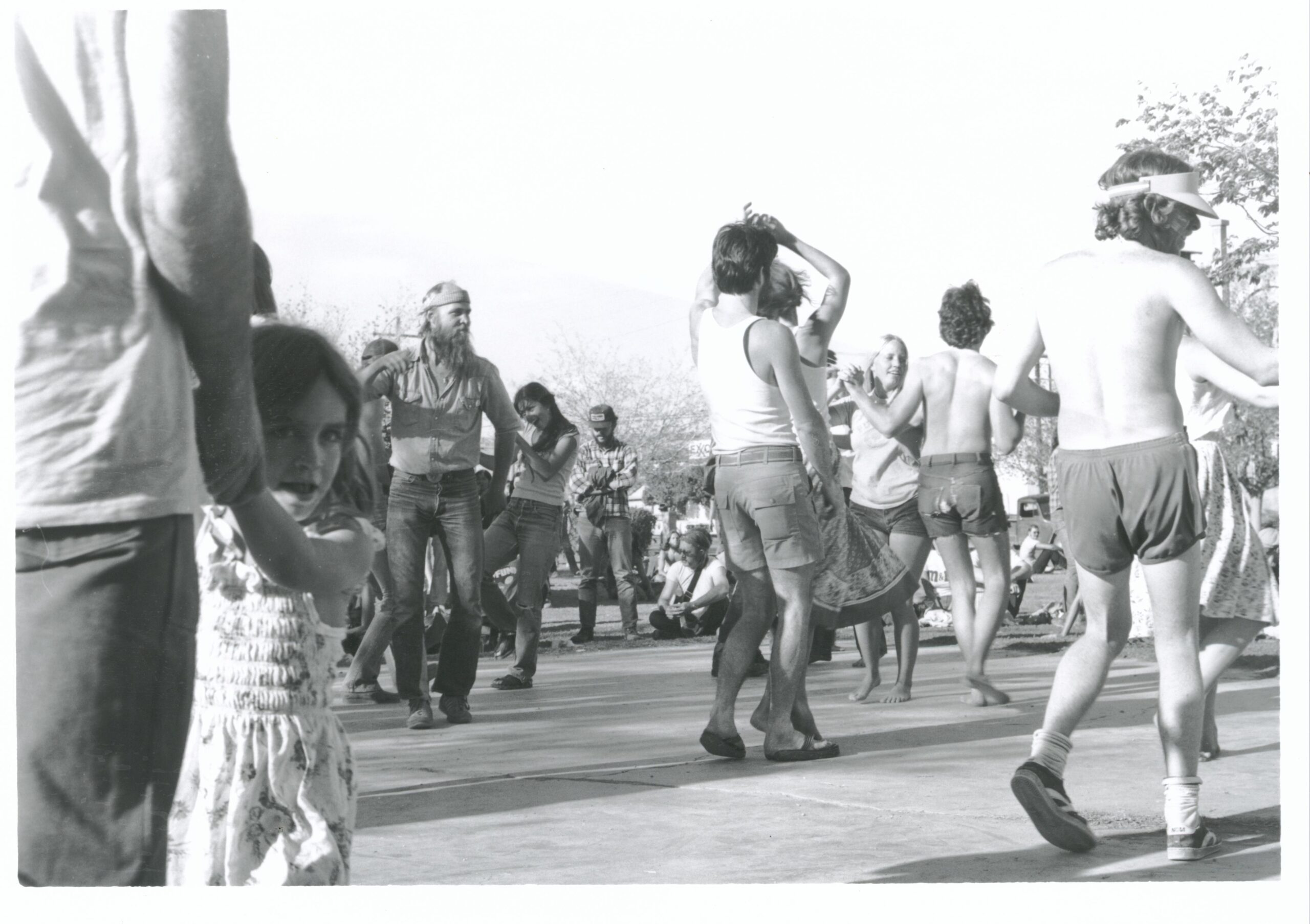
Anti-establishment creative types began to move into Jerome, drawn in by frontier-like freedom and low rent. Hippies arrived in painted VW busses bringing with them rock music, LSD, and free love. They planted pot in their backyards, swam naked in Sycamore Canyon, and began to build a community of like-minded spirits.
Despite initial resistance from old-timers, hippies bought up rotting homes and began rebuilding. They integrated themselves into the community by pitching in to repair the water and sewer systems, volunteering in town government, and joining the historical society. By 1976 the fire department was made up entirely of newcomers.
Among the hippies that moved to Jerome were painters, sculpters, jewelers, writers, and musicians. Their arrival paved the way for a renaissance of the arts. They opened galleries and shops, building the link between tourism and the arts in Jerome.
1995
The Ackers Purchase Former Little Daisy Hotel and Begin Its Restoration
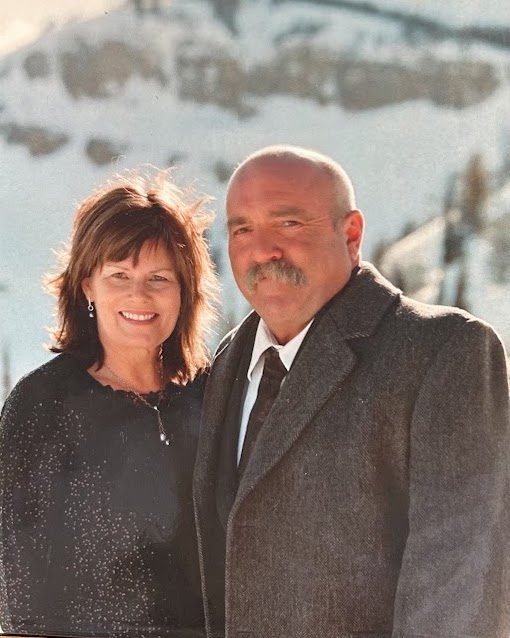
In 1995 The Little Daisy was given new life when Walter and Lisa Acker purchased the dusty concrete shell from Douglas Bell’s estate. During a visit to Jerome, Montana residents, Walter and Lisa stumbled upon a battered “For Sale” sign on the run-down, much-abused building. Most homebuyers get keys at closing. However, in this case, one realtor quipped, “You’ll need a flashlight and a crowbar!”
After a bit of thought and an absurd amount of vision, the Ackers sold their Montana property, relocated to Jerome and set about the enormous task of restoring the walls, interior, and dignity of The Little Daisy – all the while paying homage to its history. They sought to make her their home. They arrived during the hot summer of 1995, lived in a small airstream, and spent the next 12 years working tirelessly room by room, floor by floor, space by space, to completely restore the 27,000 sq ft property into pristine condition.
The Little Daisy restoration was a labor of love and skill. After obtaining a copy of the original architectural plans, they set about rebuilding many of the original architectural components of the interior, including the phone booth, check-in desk, and cloak room. The original range hood and stove that remained in The Little Daisy during its 50+ years of abandonment, remain – intact and restored – in the kitchen to this day. The Ackers, beloved members of the Town of Jerome will forever be remembered as the family who rebirthed The Little Daisy, loving her back into existence through hard work and attention to graceful detail.
2020
Brian Grooms and Andy Grooms Acquire Little Daisy Residence From Lisa Acker Via Auction

In 2020, the Grooms family purchased The Little Daisy from Lisa Acker following Walter’s passing. Their vision encourages visitors to write their own stories using The Little Daisy to celebrate events and ceremonies, engaging in conversations and quiet moments, as they find pieces of the world and themselves – to keep and to share.
2021
Acquisitions of Villa Contenta and The Geologist’s House
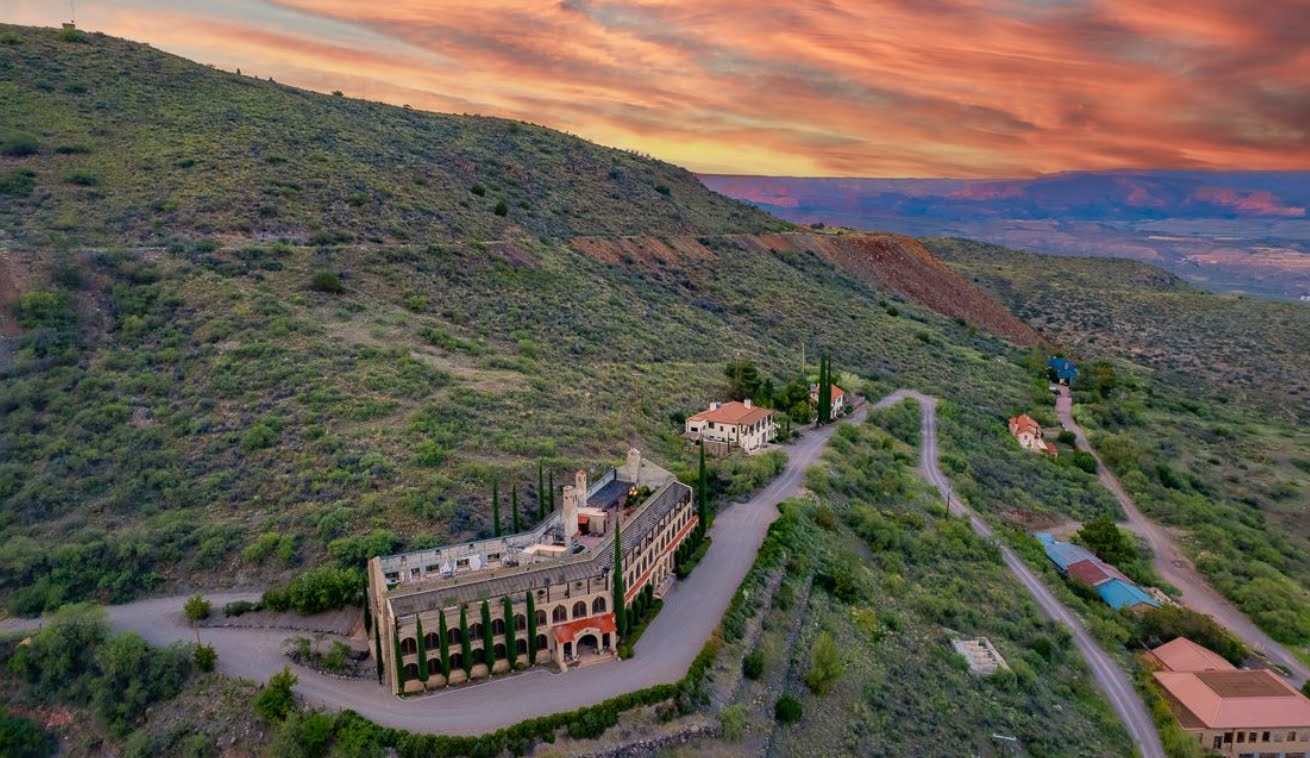
To expand its capacity for visitors, Brian and Andy Grooms purchased the two properties next door to The Little Daisy, The Geologist’s House and Villa Contenta. This acquisition grew The Little Daisy into a private 7.5+ acre estate, creating more space for visionary explorers to celebrate life’s exceptional moments.
